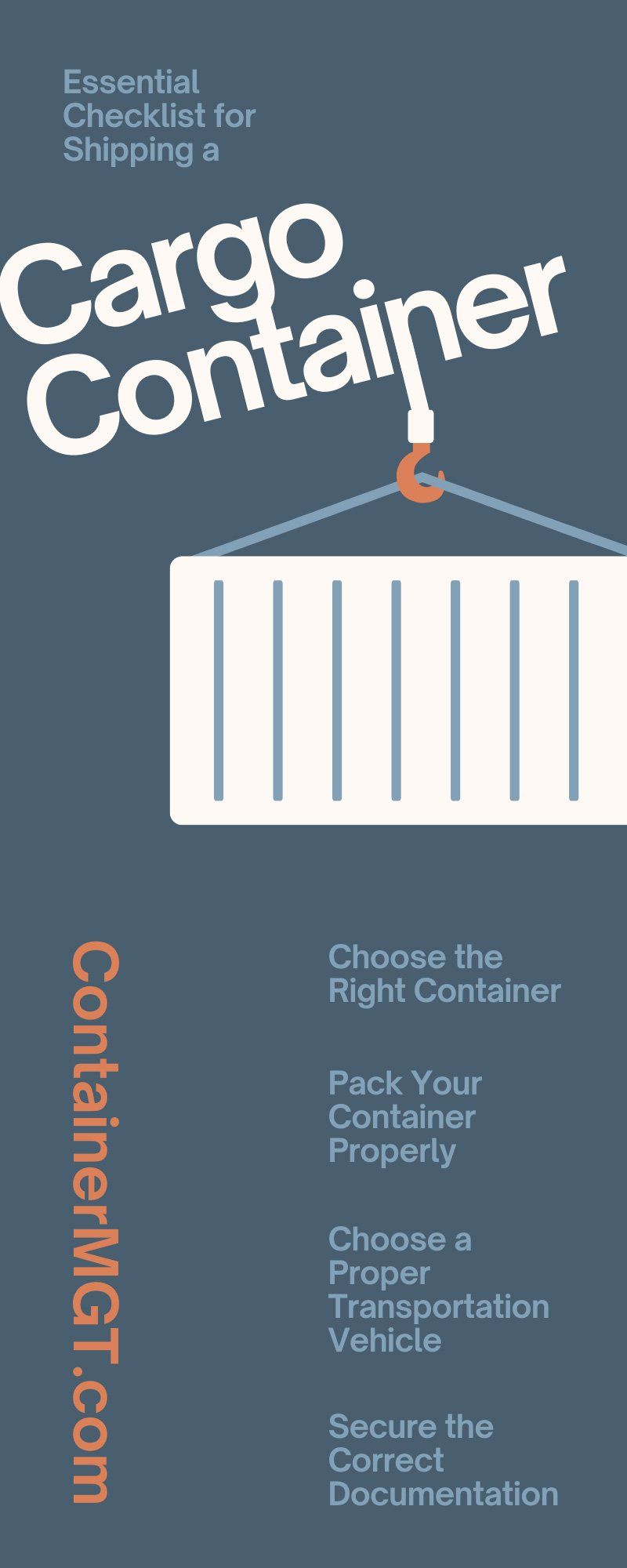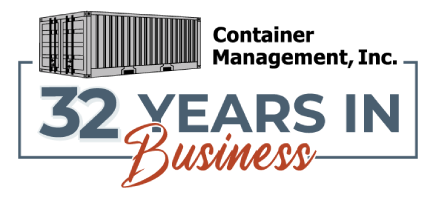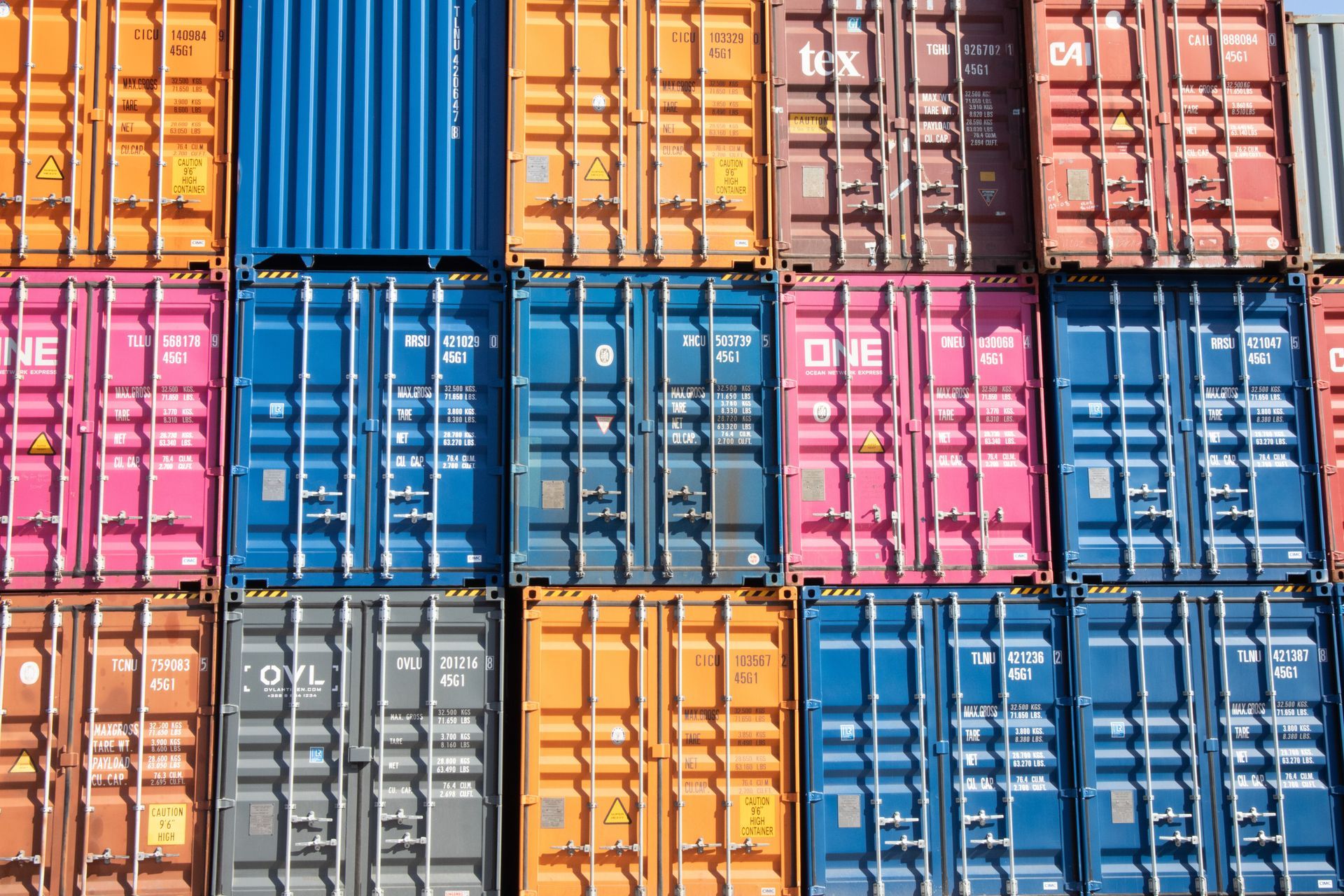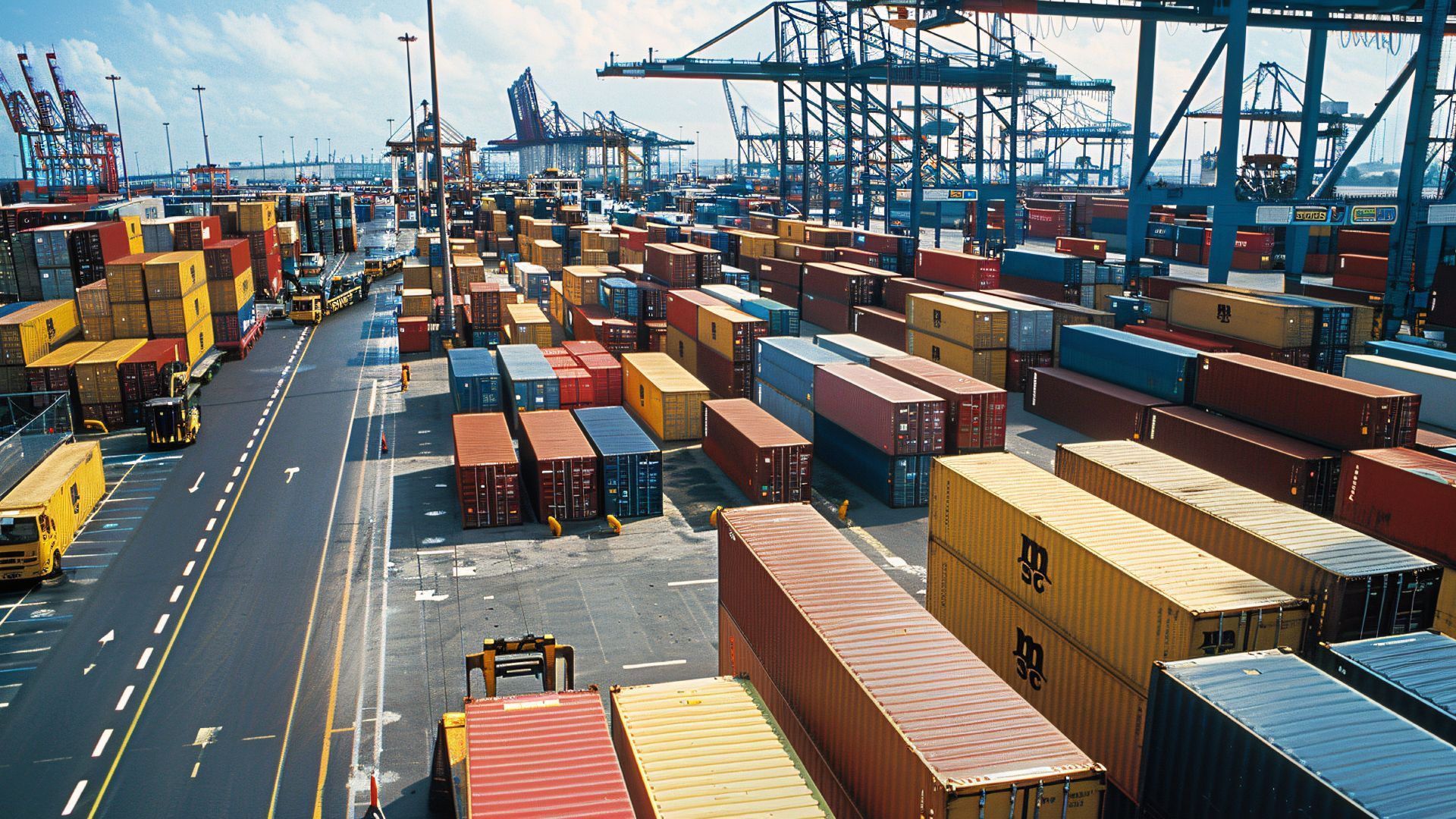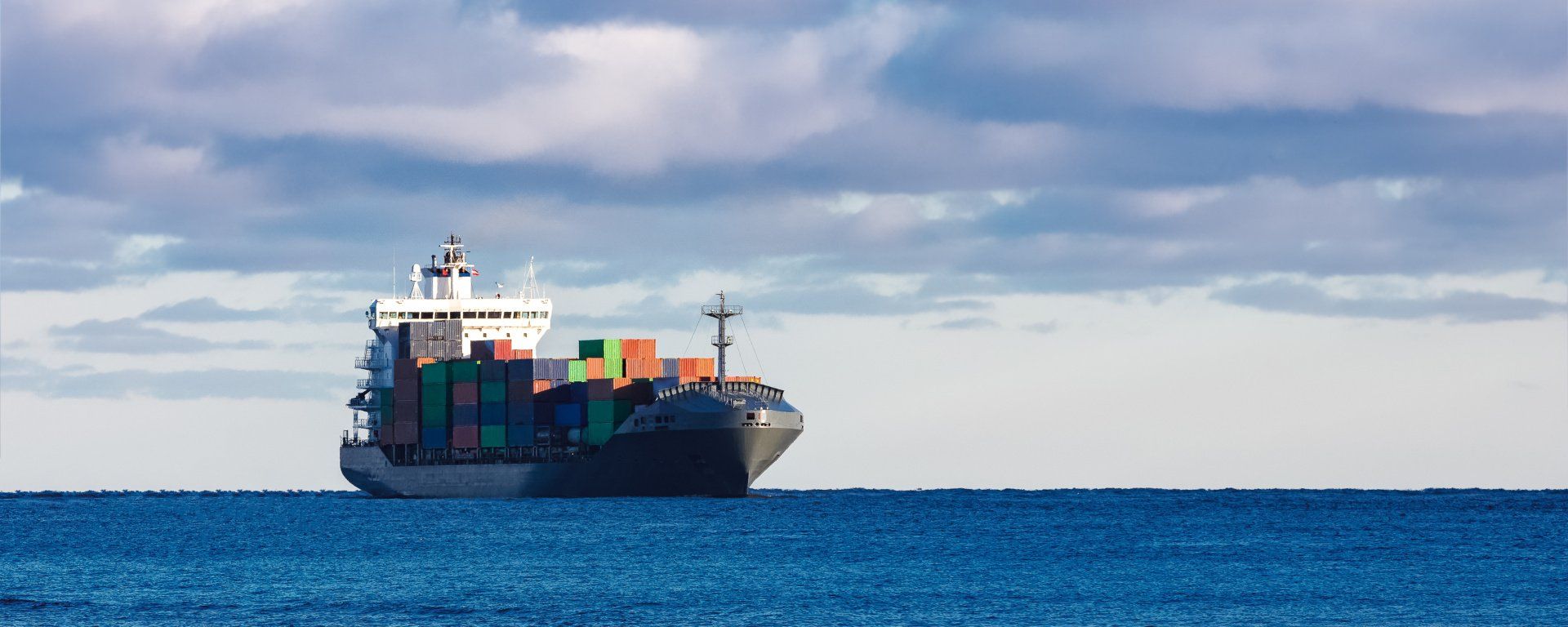Essential Checklist for Shipping a Cargo Container
Written by Susan Nalevac | April 06, 2022
Do you have to transport cargo in a shipping container? National and international shipping can be a challenge if you’re new to the transportation service. Let us help with our essential checklist for shipping a cargo container:
Choose the Right Container
The first item on your checklist is to make sure your container is suitable for the cargo it’ll be carrying and where it’ll be going.
Freight containers may all look the same, but there’s a wide variety of sizes and functions, from 20-foot new shipping containers with double doors on both ends to open-top 40-foot used containers.
Types of Containers
Before choosing your container, you’ll want to consider what you need the container for and whether it will be transported via domestic or export routes.
If it’s going for export, you have two options: you can either buy a container or have a steamship line provide one.
If you’re moving a container for export, many steamship lines will provide a container for export transport. If the container will be loaded and transported within the US, generally, your only option is to purchase a container.
After that, you’ll need to find the right size. The more cargo you’re shipping, the larger your container will need to be. In general, containers come in two sizes—20 and 40 feet—but there are exceptions. There are various types of containers within those size categories, including dry storage, flat rack, open-side, and refrigerated containers.
A Container That Fits Your Cargo
The best type of container for you will depend primarily on the cargo you’re shipping. If you’re transporting food or medicine, you may require a refrigerated container to ensure your goods don’t spoil during transportation.
The route of your goods could also influence the type of container you use. Suppose your container has to make multiple stops. In that case, an open-side container allows workers to unload goods in the rear of the container without taking out your other cargo first, making the process of unloading goods over multiple stops much faster and easier.
Take an inventory of your goods, their special requirements, and their planned journey before you choose a container.
Container Certification
If you are moving a container for export, you’ll need to find one that’s certified. For any steamship company to transport a shipping container overseas, it requires a Container Safety Convention (CSC) plate certification. A written certification designates that a certified inspector has rigidly tested the container and confirmed that it abides by the stringent safety standards for hauling cargo.
Your container won’t be accepted or transported if it doesn’t have a valid CSC plate and an ocean certificate, so that should be high on your priority checklist.
Pack Your Container Properly
With the proper, certified container, it’s time to pack your goods. Effectively packaging your cargo in your container is a crucial step—and it’s where many first-timers make mistakes that lead to damaged goods.
The proper packaging will depend mainly on what goods you’re transporting. Obviously, fragile goods will require more careful protection, but you also need to consider how you’ll secure the cargo within your container. Many professional transport companies can do this for you, and their experience will help you decide which packing strategy best fits your shipment.
The most basic way to package your cargo safely is to use proper pallets and boxes. Ensure your pallets are secured to the container and that the load resting on the pallets is stable. Use wrappings and paddings to ensure none of your goods come loose during transportation.
Shipping companies expect your goods and container to be transport-ready when they collect. Not sufficiently packaging your goods could cause damage and delays and end up costing you money.
Packaging and Handling Instructions
As we mentioned, some cargo, such as food and medicine, requires special packaging and handling. If any of your shipment is awkward to handle or fragile, make sure you provide handling instructions for the workers.
If your cargo is mistakenly damaged while loading or unloading because workers didn’t have proper instructions for handling the goods, your insurance may not cover the loss. Be as thorough and precise in your handling instructions as you can to ensure your cargo arrives safely at its destination.
Choose a Proper Transportation Vehicle
Your container will need to move by road on a truck at some point in the transportation process. If you’re using a freight company that provides services for every step of the process, they’ll likely already have this part covered for you.
But if you’re transporting your container yourself or want to double-check with your transportation company, you’ll need to find the right truck for your container. Each type of truck has its advantages; a container-tilt trailer is better for quickly loading and unloading your container, while a container-chassis truck is best if you’re transporting to a railway yard or freight terminal.
Secure the Correct Documentation
If you didn’t know already, shipping a container requires a lot of paperwork, especially if you’re transporting internationally. Having insufficient or incorrect paperwork can cause delays and come with severe consequences. You want to be sure you have all your documentation in order.
Double-check that your cargo doesn’t require special permits or documentation, and if it does, make sure you have the proper forms. If your shipment contains any hazardous materials, check that you have the proper permits for it to be transported and unloaded.
Logistical Specifications
Logistical documentation can be a headache, but it’s vital to guarantee that your cargo and container are appropriately handled and protected. You’ll need to document the exact dimensions and weight of your container, the number of boxes or pallets within the container, and the weight and dimensions of your cargo.
You’ll also need to document the value of your cargo, whether it requires special accommodations during storage and unloading, and if there’s anything dangerous within it. You want to be as thorough as possible; misdeclarations can lead to logistical and legal problems.
Insurance
Before you ship out your container, you need to know that you have coverage if anything happens to your cargo. You don’t want to have to replace damaged goods on your own, so make sure you have an accurate estimate of the cargo and container’s value.
Most freight insurance policies cover physical loss, maintenance costs, and damage repair, but others may depend on your cargo and destination. If your load is fragile and valuable, it’s best to secure additional insurance, as you never know what can happen during a long journey.
Conclusion
As you can see, shipping a container requires a lot of care and research. We hope this essential checklist for shipping a cargo container has helped make the process a little simpler and easier for you.
